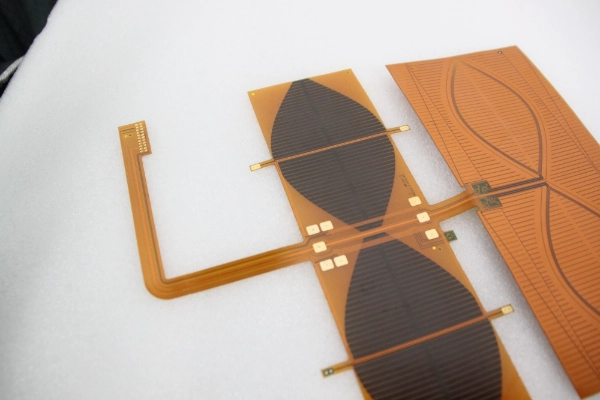Electronic telecommunication refers to the transmission of information over long distances using electronic devices. It has revolutionized the way we communicate and has become an integral part of our daily lives. In this article, we will explore the evolution of electronic telecommunication, from its early beginnings to the latest 5G technology.
The first electronic telecommunication device was the telegraph, invented by Samuel Morse in 1837. It used electrical signals to transmit messages over long distances, and it was the first time that information could be sent faster than a person could travel. The telegraph was widely used for communication between businesses and governments, and it played a crucial role in the development of the modern world.
In the late 1800s, the telephone was invented, which allowed people to communicate with each other in real-time. The telephone network grew rapidly, and by the early 1900s, it had become a global phenomenon. The telephone was the first device that allowed people to communicate with each other from anywhere in the world, and it paved the way for the development of other electronic communication devices.
In the mid-1900s, radio and television became popular, and they revolutionized the way we consume information. Radio allowed people to listen to news and music from anywhere in the world, while television allowed people to see and hear news and entertainment in real-time. These devices became an integral part of our daily lives, and they continue to be popular today.
In the late 1900s, the internet was invented, which allowed people to communicate and share information on a global scale. The internet has become an essential part of our daily lives, and it has revolutionized the way we communicate, work, and socialize. The internet has also paved the way for the development of other electronic communication devices, such as smartphones and tablets.
Today, we are on the cusp of a new era of electronic telecommunication, with the development of 5G technology. 5G promises to be faster, more reliable, and more efficient than any previous technology, and it will enable new applications such as autonomous vehicles, remote surgery, and virtual reality. 5G will also enable the development of the Internet of Things, where everyday objects are connected to the internet, and they can communicate with each other.
In conclusion, electronic telecommunication has come a long way since the invention of the telegraph. It has revolutionized the way we communicate and has become an integral part of our daily lives. The development of 5G technology promises to take electronic telecommunication to new heights, and it will enable new applications that we can only imagine today.



More Stories
Exploring the Power of Flexible PCBs in Today’s Electronics
Choosing the Right Wireless Headphones for Seniors: A Complete ARKON Guide
High-Frequency Transistor Selection Guide for RF Circuits and Power Systems Engineers